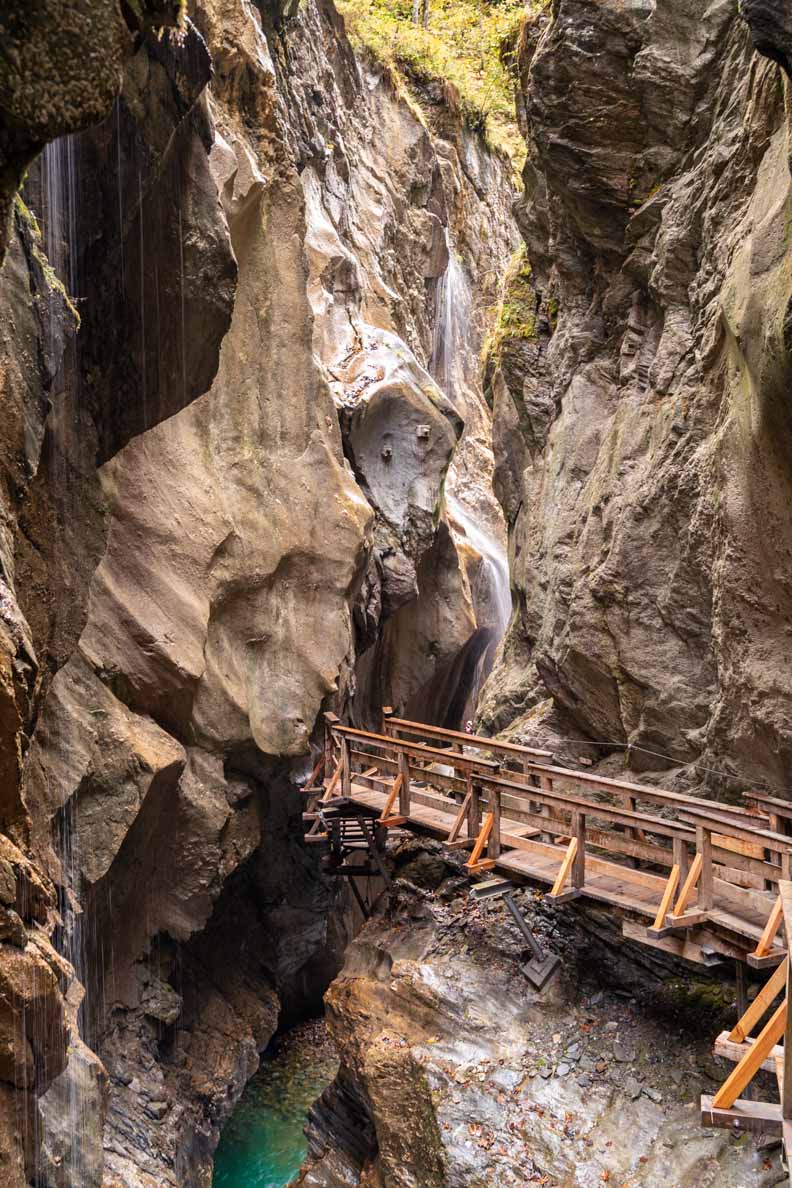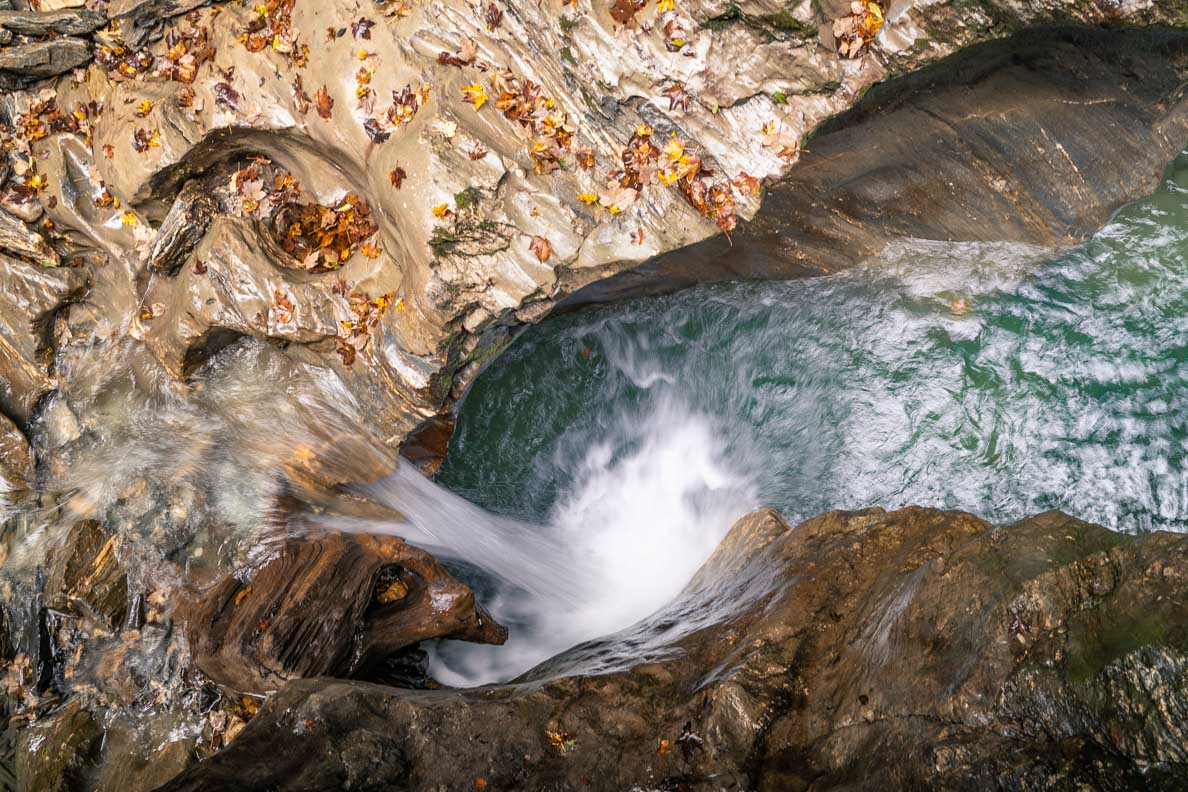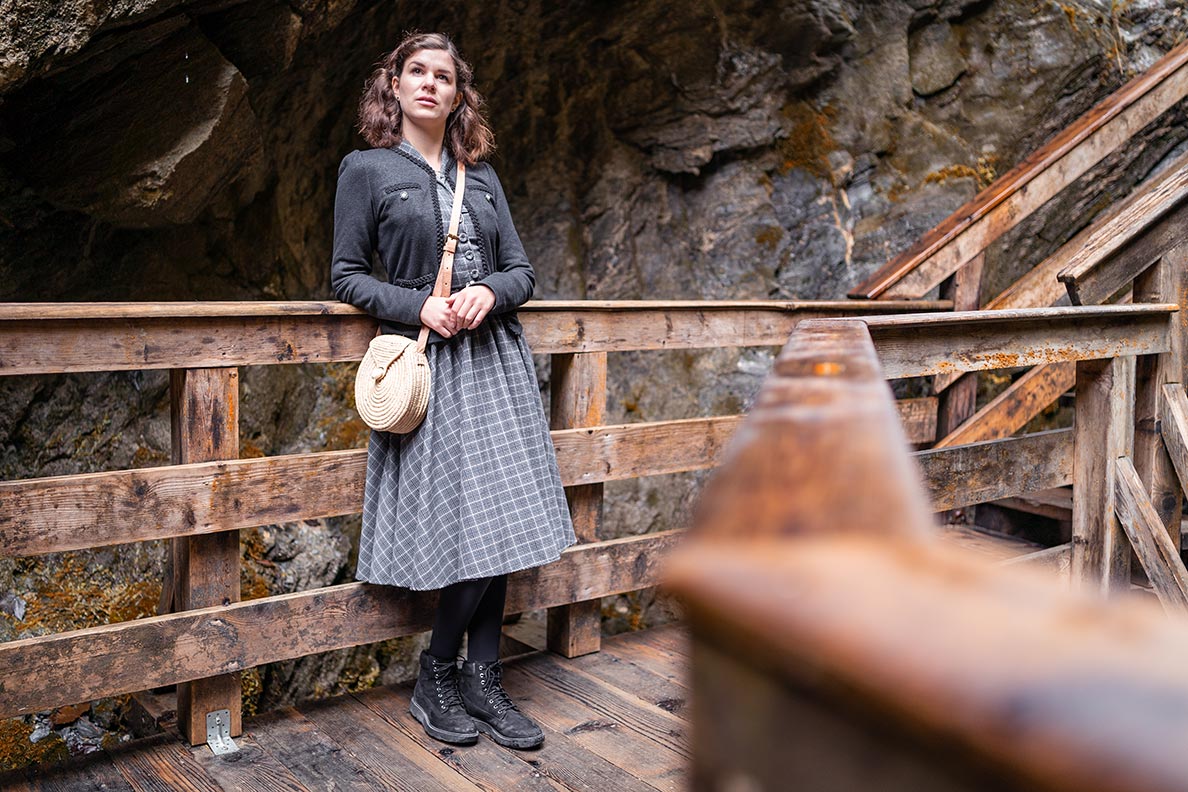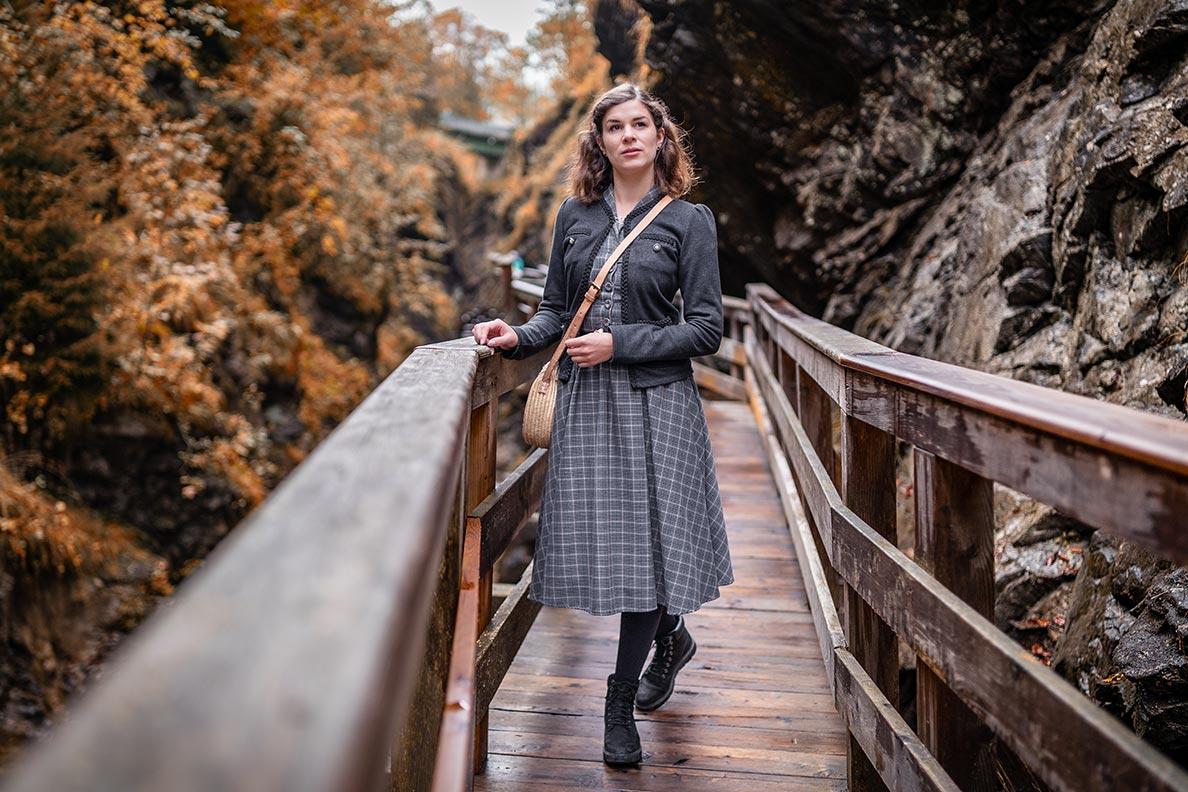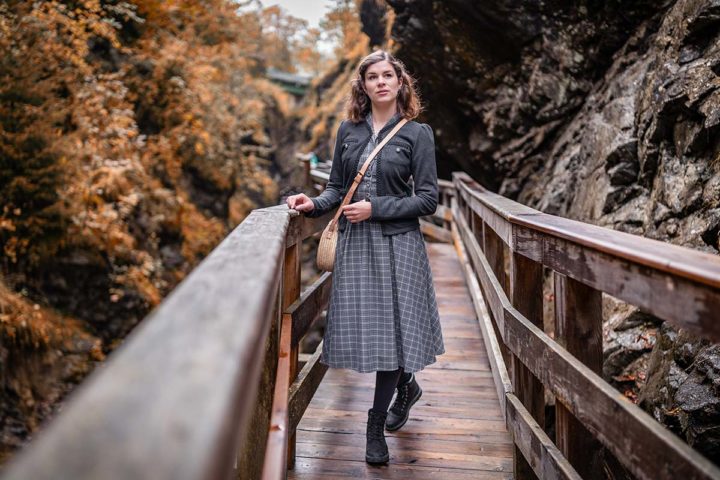
The Sigmund Thun Gorge & a stylish leisure outfit
This blogpost contains affiliate links
I’ve always been fascinated by water. As a child, for example, I always went together with my doll’s pram straight into the sea. Doll and her pram had to come with me, of course. (PS: You will find the photographic evidence at the end of the blogpost. ;-)) I also spent a huge part of my childhood at the stream near my parental home. And for sure, I was the one who always managed to step or fall into the water. So I definitely made sure we always had some wet shoes and enough laundry at home. I still really like water, streams, and especially waterfalls. However, by now I try not to fall into them. So it’s no wonder that I really enjoyed our trip to the Sigmund Thun Klamm in Kaprun during our weekend trip to Austria (I already talked about our trip here and here).
In this blogpost, I’m not only going to tell you more about the gorge, but also show you my outfit.
Fascinating & beautiful: The Sigmund Thun Gorge in Kaprun
About 14,000 years ago, in the late Ice Age, the Kaprun Valley was covered by a huge glacier, which flowed slowly down the valley and carved away the hard limestone, slate and mica cliffs of the Maiskogel and Bürgkogel. Since the glacier melted until now, the Kaprun Stream flows down the valley and still shapes the 320 metres long and 32 metres deep gorge. Especially during thaw in spring, huge amounts of water are flowing through the Sigmund Thun Gorge.
Settlement around the Gorge
Already about 4,000 years ago, the Bürgkogel, a hillside at the end of the valley of Kaprun, protected by the gorge, was used as a save place to settle. The area was also abundant in copper. Furthermore, there exists an earthwork from the Celtic time as well as late antiquity ramparts. In the middle Ages, a fortress, the previous building of the Castle of Kaprun, was build. Afterwards, the hill was an agriculture site. Another important aspect of the area is the fact that it’s very wealthy in wood, hence the Sigmund Thun Gorge was used for many centuries to raft. Rock hewed signs and annual figures can still be found.
The Development of the Sigmund Thun Gorge
At about the end of the 19th century, it came more and more into fashion to spend the summer in the countryside, as you maybe already know from my blogpost about hiking and the story of the Dirndl. To keep the tourists happy, a lot of different leisure activities had to be offered. Niklaus Gassner, a tourism pioneer in the area, built, beside other things, the wooden path through the gorge which was opened in 1893 to visitors. The gorge, by the way, was called after the Salzburg nobleman Sigmund Earl of Thun.
„Blustering and incredibly the fluthen rush toward us.“ Sigmund Earl of Thun after his first visit at the gorge.
In 1934, the gorge was declared as a natural monument, but got closed for visitors only four years later, in 1938, due to the power-plant-building. Only at the beginning of the 1990s, the Sigmund Thun gorge was opened for tourists and visitors again. By now, the gorge is one of the most popular attractions in the region and definitely worth a visit.
The Way through the Gorge
Wooden footbridges and steps guide you through the gorge. However, the way through the Sigmund Thun Gorge isn’t very challenging nor exhausting, as it’s only a bit longer than 300 metres. Furthermore, it’s always possible to rest after a few steps. The way back to the parking area doesn’t lead through the gorge, but is rather a road near the gorge. At the entrance, you will also find an information centre as well as toilettes.
All in all, I really enjoyed our visit at the Sigmund Thun Gorge, and if you are in the area, I definitely recommend to visit it! The entrance fees aren’t that high. But please keep in mind: The gorge is usually closed from the middle of October until the middle of May. Find more information here.
A Visit at the Sigmund Thun Gorge: My Outfit
My outfit for the trip to the Sigmund Thun gorge is a bit similar to my hiking outfit. It definitely has to be comfortable, but I also wanted my outfit to look stylish. So I went for a tartan dress by Miss Candyfloss, which I already introduced in this blogpost. Underneath, I’m wearing a light vintage petticoat as well as warm tights by Calzedonia. A jacket, a bag and sturdy shoes area a must, of course. My shoes are by Timberland and perfect for the place, as the footbridge can be wet and a bit slippery even when the weather is good.
Outfit Details:
Dress: Idda van Munster for Miss Candyfloss, similar here and here
Petticoat: Vintage, similar here
Jacket: Fornarina, similar here
Tights: Calzedonia
Handbag: no name
Shoes: Timberland





